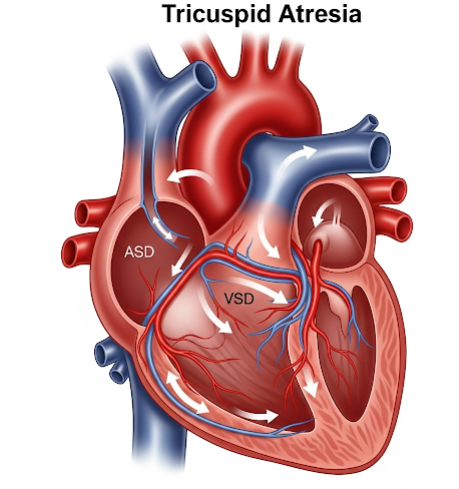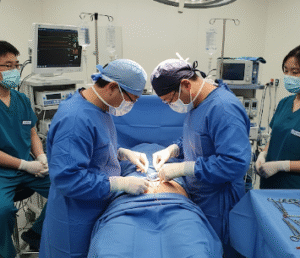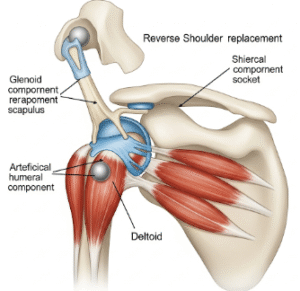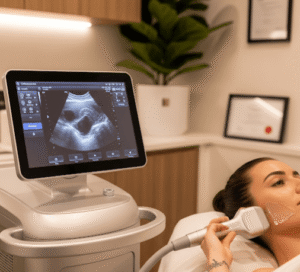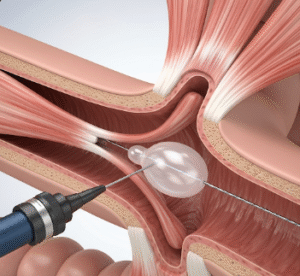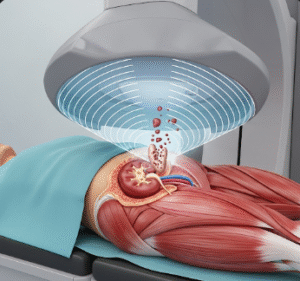Overview
Tricuspid Atresia is a rare congenital heart defect characterized by the absence or underdevelopment of the tricuspid valve, which connects the right atrium to the right ventricle. This structural anomaly prevents normal blood flow from the right atrium to the right ventricle, resulting in inadequate oxygenation of blood and cyanosis (a bluish tint to the skin). It is usually diagnosed in infancy, and without timely intervention, it can lead to severe complications, including heart failure and poor growth. South Korea offers advanced pediatric cardiology services, including diagnostic imaging, surgical interventions, and long-term follow-up care to manage Tricuspid Atresia and improve survival outcomes.
What is Tricuspid Atresia?
Tricuspid Atresia is a congenital malformation in which the tricuspid valve fails to form properly, blocking blood flow from the right atrium to the right ventricle. Consequently, blood must bypass the right ventricle through alternative pathways, often via a ventricular septal defect (VSD) or an atrial septal defect (ASD). This results in mixed oxygenated and deoxygenated blood circulating in the body, causing cyanosis and reduced oxygen delivery to tissues. Korean pediatric cardiology centers utilize echocardiography, cardiac MRI, and catheterization to accurately diagnose and plan surgical interventions for Tricuspid Atresia.
Symptoms
The severity and timing of symptoms depend on the presence of associated defects and the efficiency of blood flow through alternative pathways:
- Cyanosis: Bluish discoloration of the lips, fingers, and toes due to low oxygen levels
- Difficulty feeding: Infants may tire easily while nursing or bottle-feeding
- Poor growth: Delayed weight gain and developmental milestones
- Rapid breathing or shortness of breath: Especially during feeding or exertion
- Fatigue: Limited physical activity and early exhaustion
- Heart murmurs: Abnormal heart sounds detectable by a pediatric cardiologist
- Swelling in legs or abdomen: Due to congestive heart failure in severe cases
Early recognition of these symptoms in Korean hospitals enables timely diagnostic evaluation and intervention.
Causes
Tricuspid Atresia is a congenital defect, meaning it occurs during fetal heart development. While the exact cause is often unknown, several factors may contribute:
- Genetic mutations: Certain chromosomal abnormalities may increase risk
- Family history: Higher likelihood in families with congenital heart defects
- Maternal health factors: Poorly controlled diabetes, infections, or certain medications during pregnancy
- Environmental exposures: Smoking, alcohol, or teratogenic substances during early pregnancy
Understanding potential risk factors allows healthcare providers in Korea to identify high-risk pregnancies and offer early screening and counseling.
Risk Factors
Several factors may increase the likelihood of Tricuspid Atresia:
- Family history of congenital heart disease
- Maternal conditions such as diabetes or autoimmune disorders
- Exposure to certain medications or toxins during pregnancy
- Previous child with a congenital heart defect
- Genetic predisposition linked to chromosomal abnormalities
Recognizing these risk factors supports prenatal screening programs in South Korea and helps in early detection.
Complications
If not properly managed, Tricuspid Atresia can lead to serious health complications:
- Cyanotic heart disease: Chronic low oxygen levels affecting organ function
- Heart failure: Due to overloading of the left ventricle and inefficient circulation
- Arrhythmias: Abnormal heart rhythms developing over time
- Stroke or blood clots: Increased risk due to altered blood flow patterns
- Growth and developmental delays: Limited oxygen delivery affecting physical and cognitive development
- Liver or kidney dysfunction: Secondary to chronic heart strain and hypoxia
- Mortality: High risk in infancy without surgical intervention
Early surgical correction and ongoing follow-up in Korea help mitigate these risks and improve survival and quality of life.
Prevention
While congenital heart defects like Tricuspid Atresia cannot always be prevented, certain measures may reduce risk:
- Maternal preconception and prenatal care, including management of chronic conditions
- Avoidance of alcohol, smoking, and teratogenic medications during pregnancy
- Genetic counseling for families with a history of congenital heart disease
- Prenatal screening through fetal echocardiography to detect structural heart anomalies early
South Korea emphasizes maternal health programs and prenatal screening to detect congenital heart defects and prepare for early interventions.
Treatment Options in Korea
South Korea offers comprehensive care for Tricuspid Atresia, combining pediatric cardiology, cardiothoracic surgery, and long-term follow-up:
Diagnosis:
- Echocardiography for detailed visualization of heart structure and function
- Cardiac MRI for precise anatomical mapping
- Cardiac catheterization to evaluate blood flow and pressure within the heart
- Genetic testing when a hereditary component is suspected
Medical Treatments:
- Medication management: Diuretics, inotropes, and oxygen therapy to manage heart failure and cyanosis temporarily
- Pre-surgical stabilization: Ensuring optimal growth and health prior to corrective procedures
Surgical Interventions:
- Palliative surgeries: Including the Blalock-Taussig shunt to improve blood flow to the lungs
- Staged surgical repair: Typically three-stage procedures culminating in the Fontan procedure to direct venous blood to the pulmonary arteries without passing through the right ventricle
- Long-term monitoring: Regular cardiac evaluations to detect arrhythmias or other complications
Rehabilitation and Support:
- Nutritional support to promote growth and development
- Physical therapy and exercise programs to enhance cardiovascular health
- Psychological support for children and families coping with chronic illness
- Education on lifestyle modifications and long-term cardiac care
Korean pediatric cardiology centers integrate advanced diagnostics, surgical expertise, and multidisciplinary rehabilitation to ensure optimal outcomes for children with Tricuspid Atresia, enabling improved quality of life and life expectancy.

